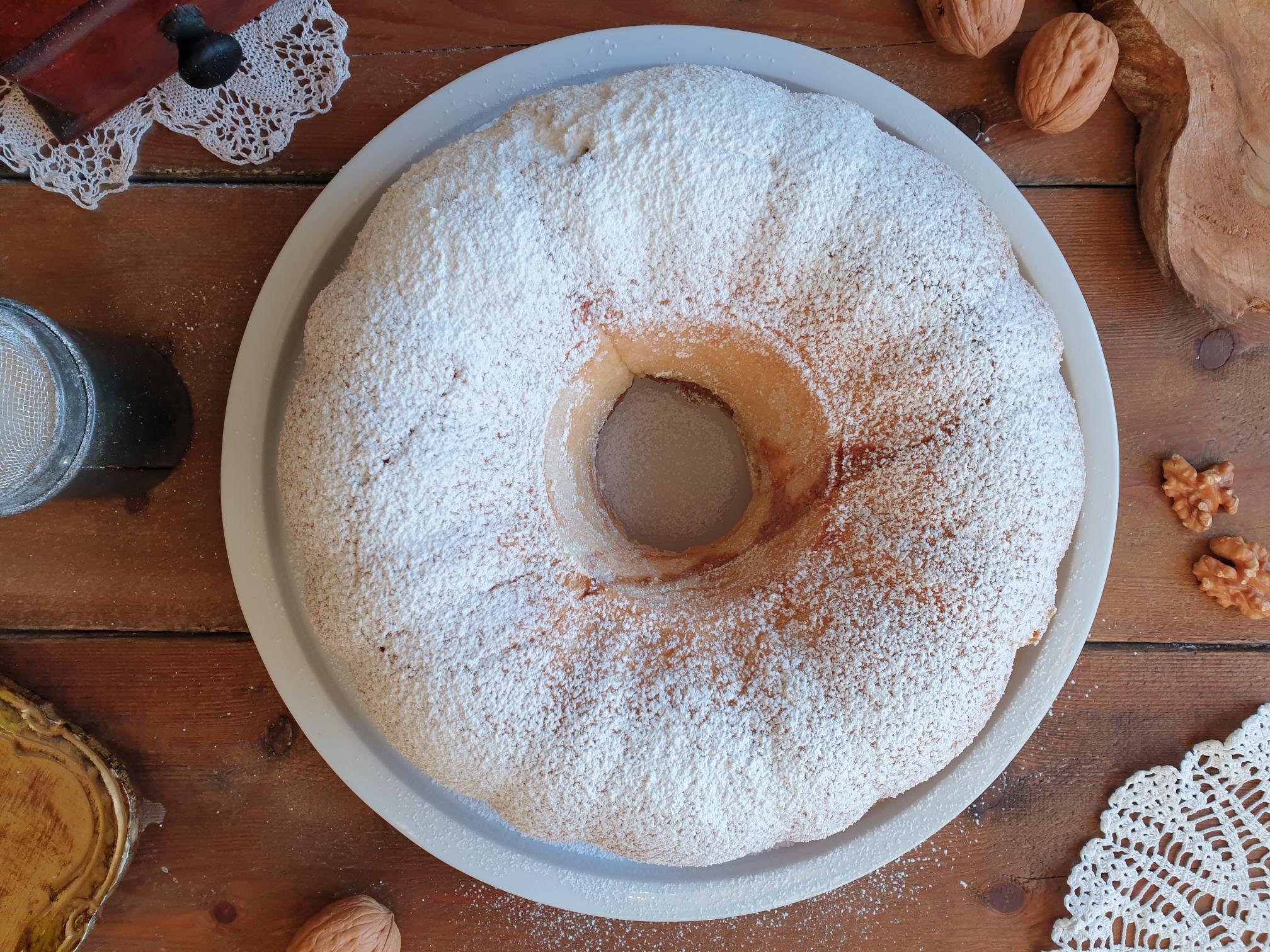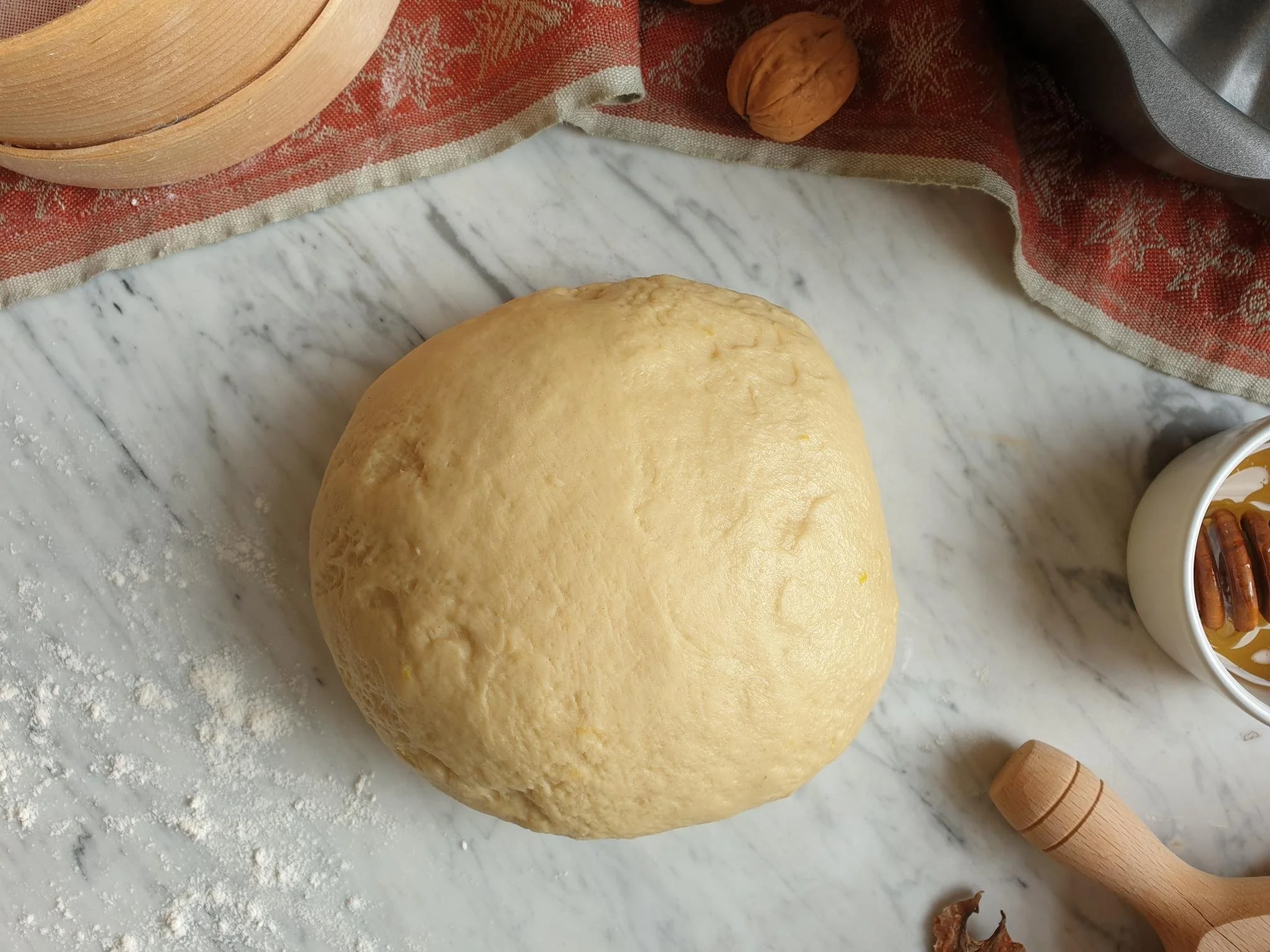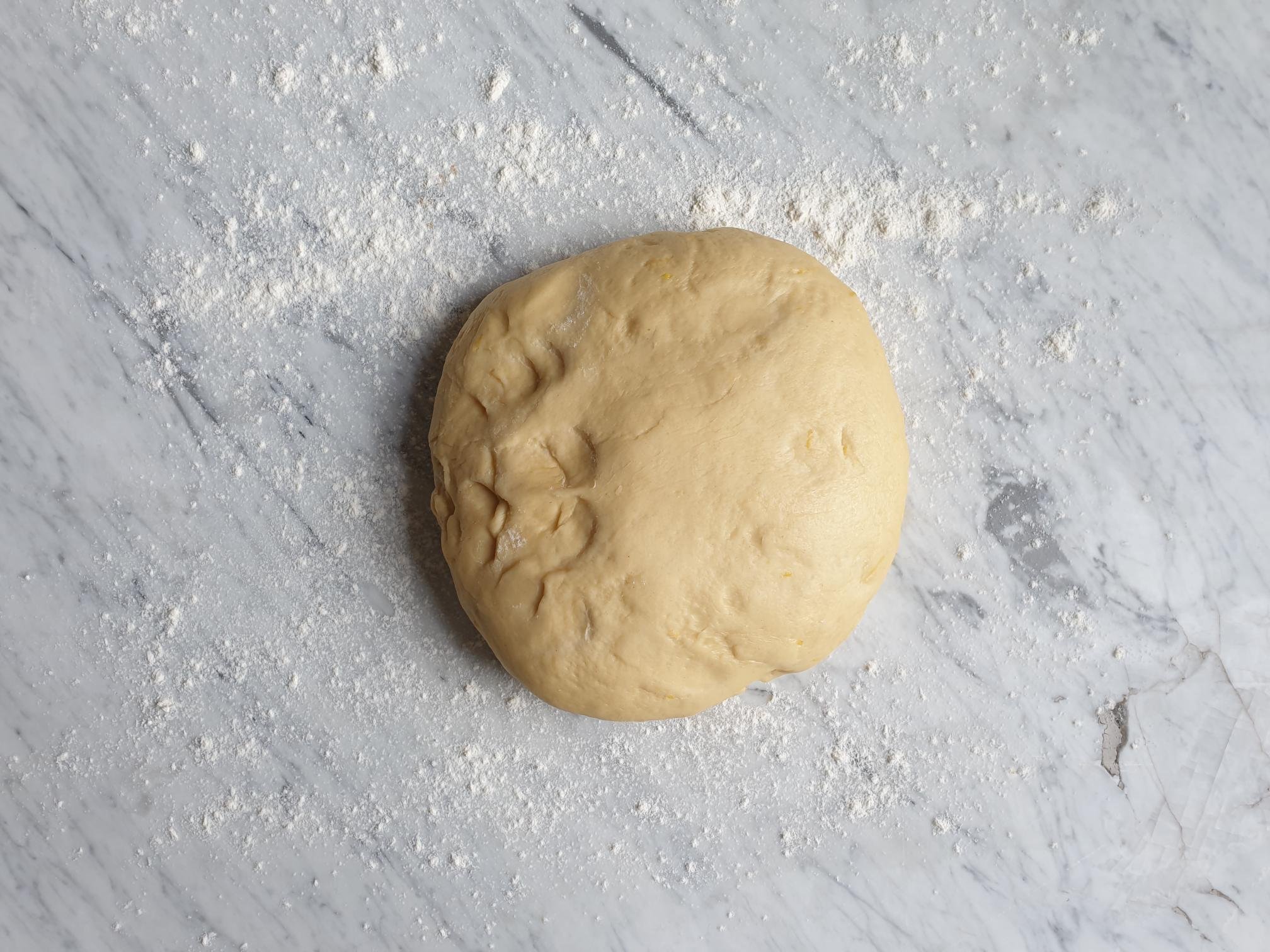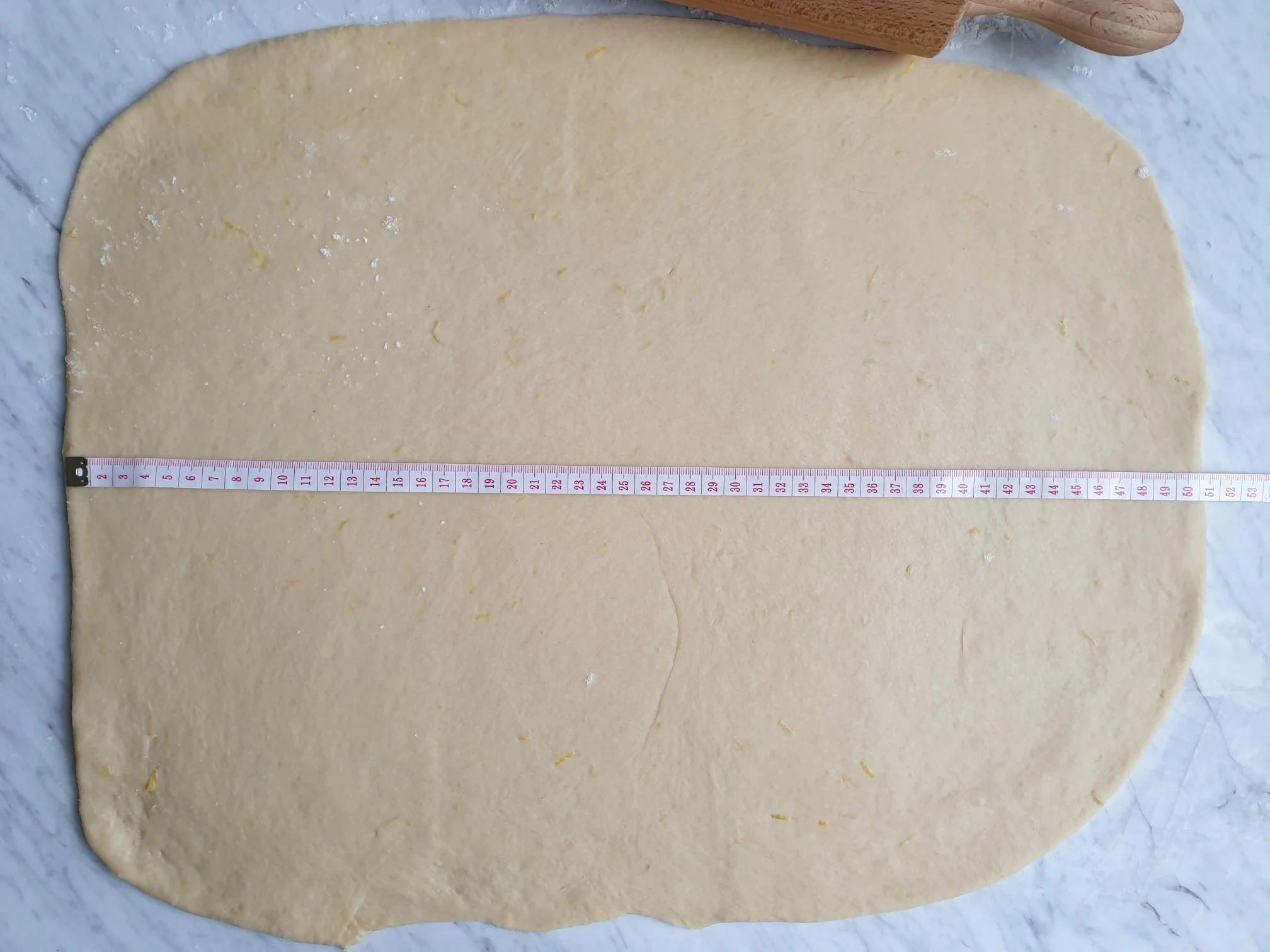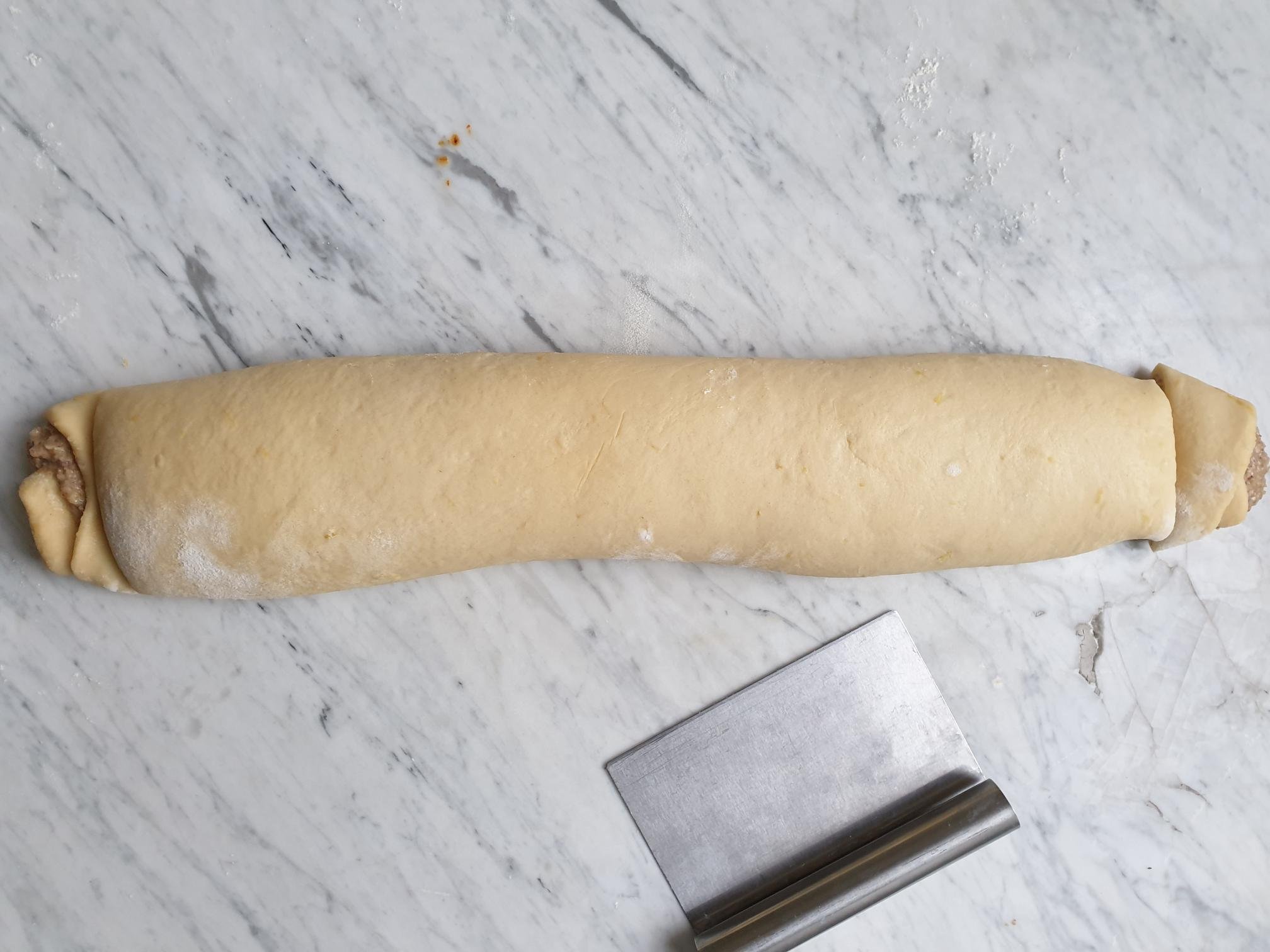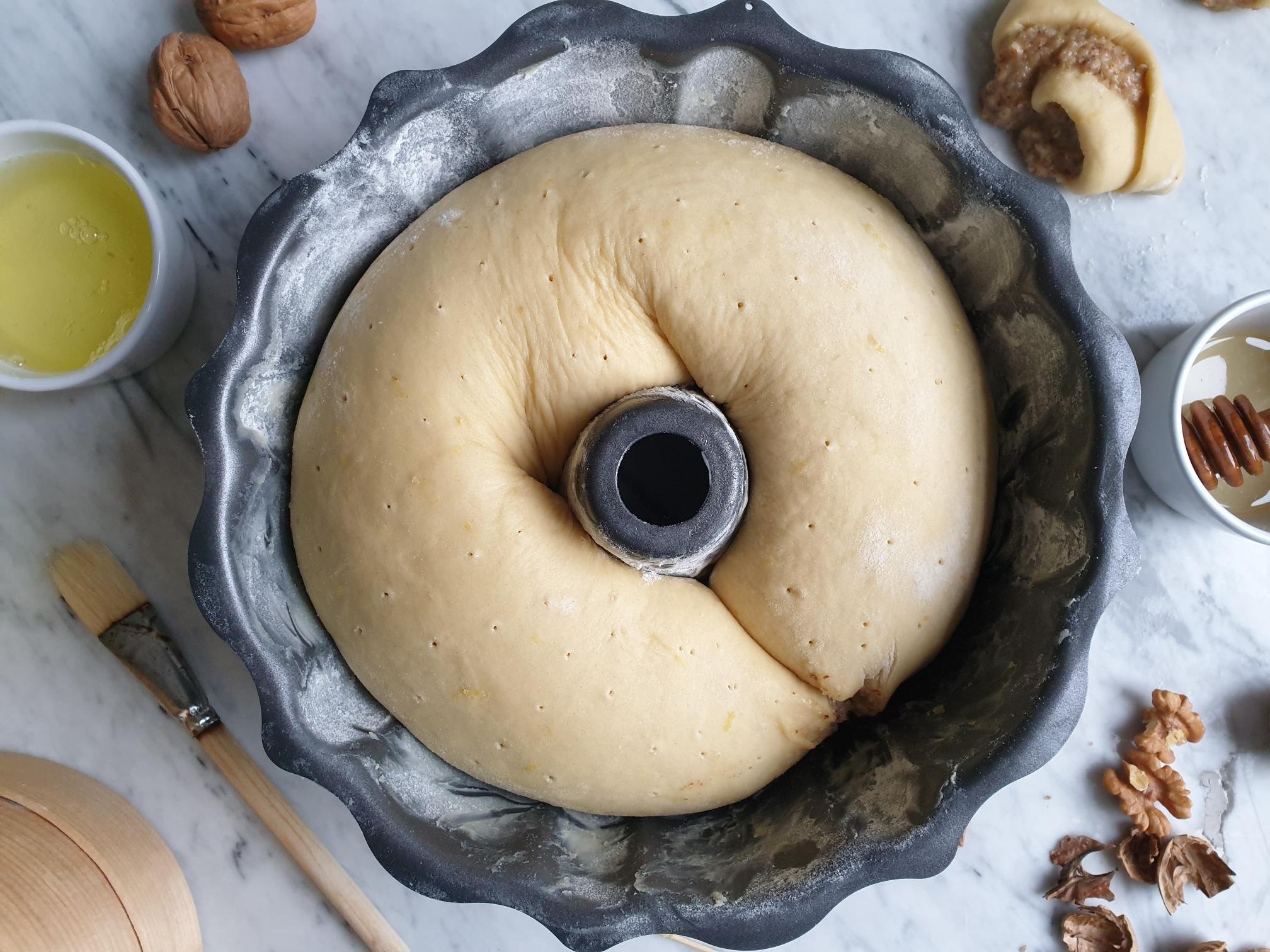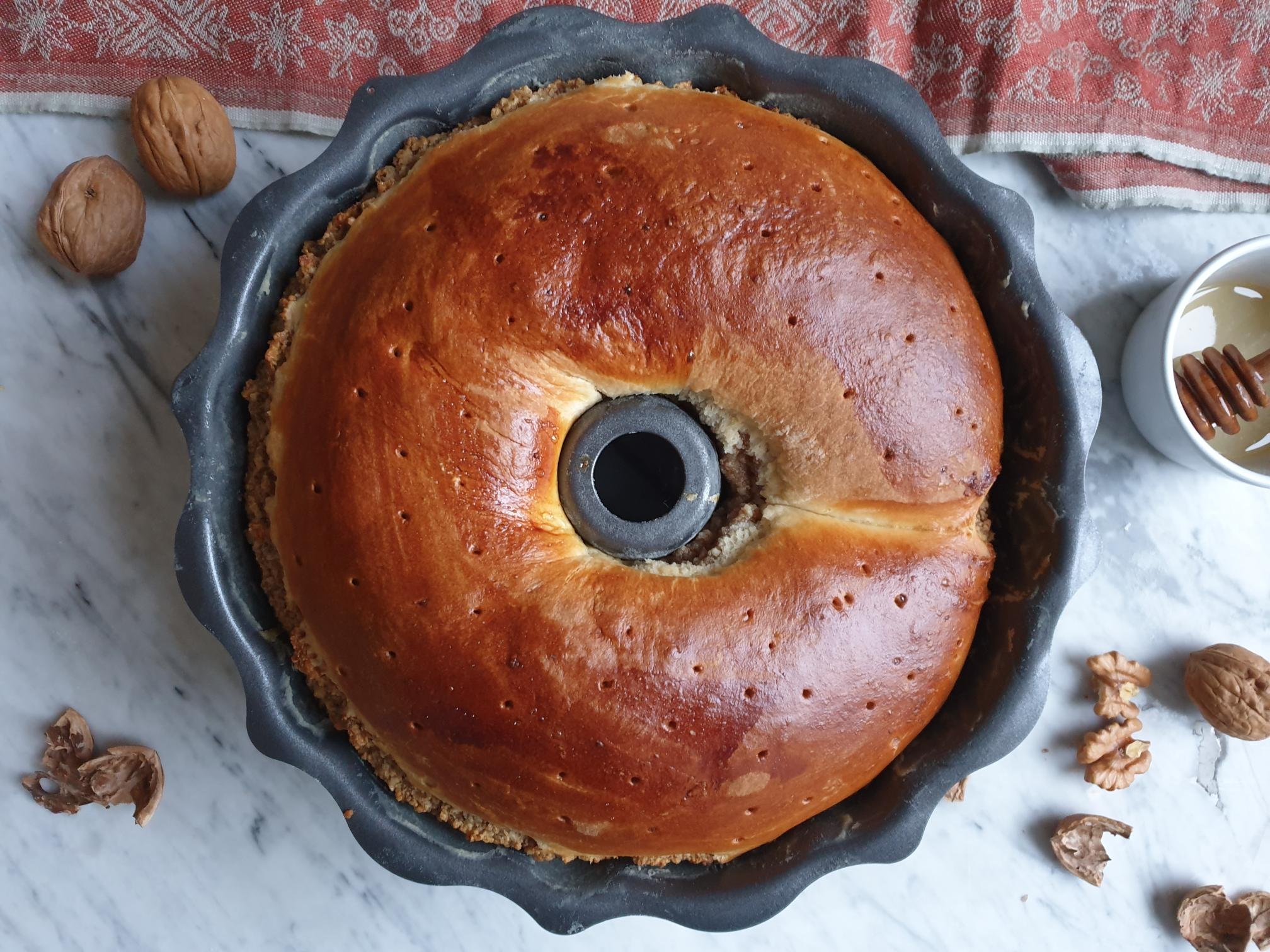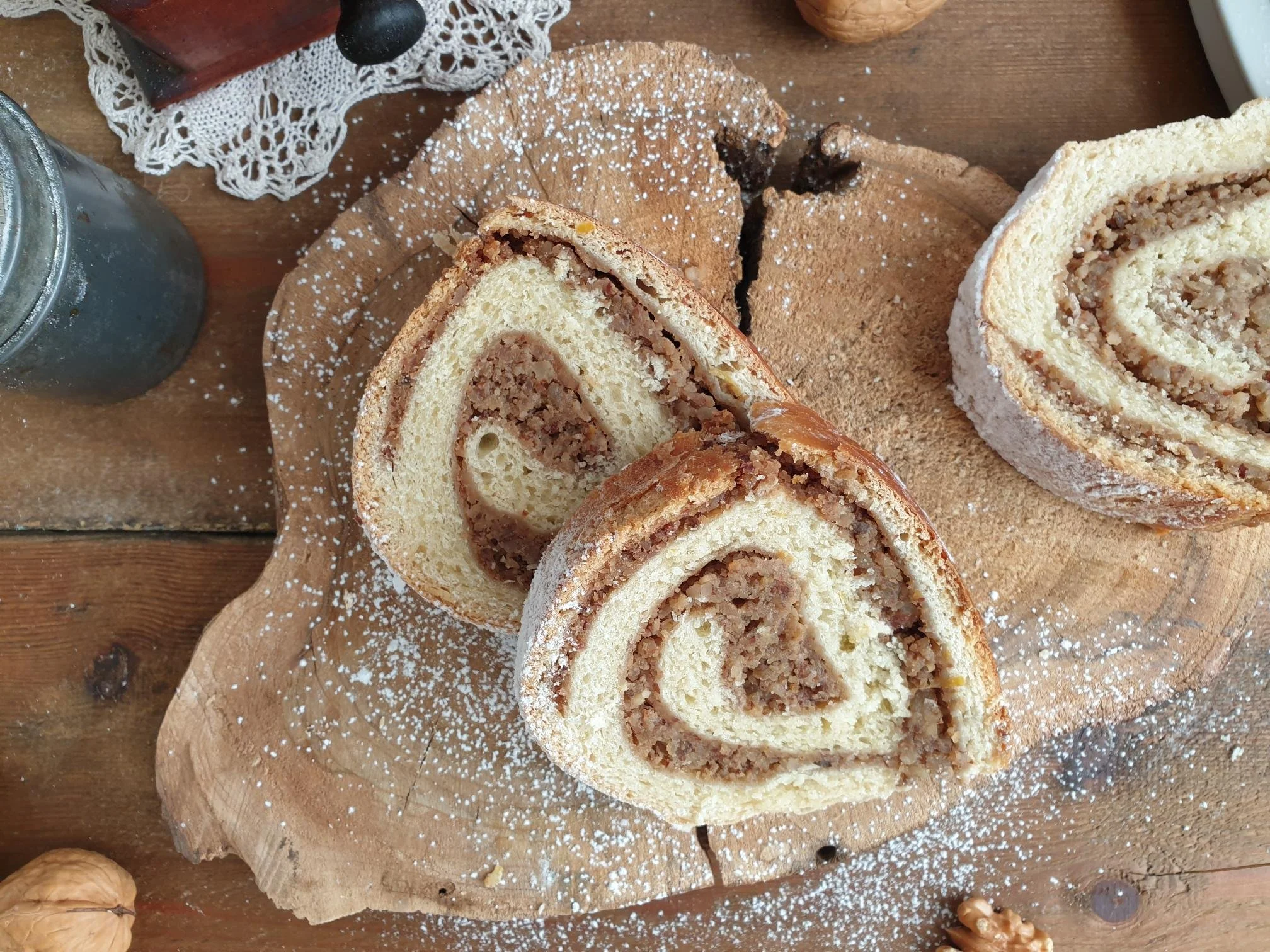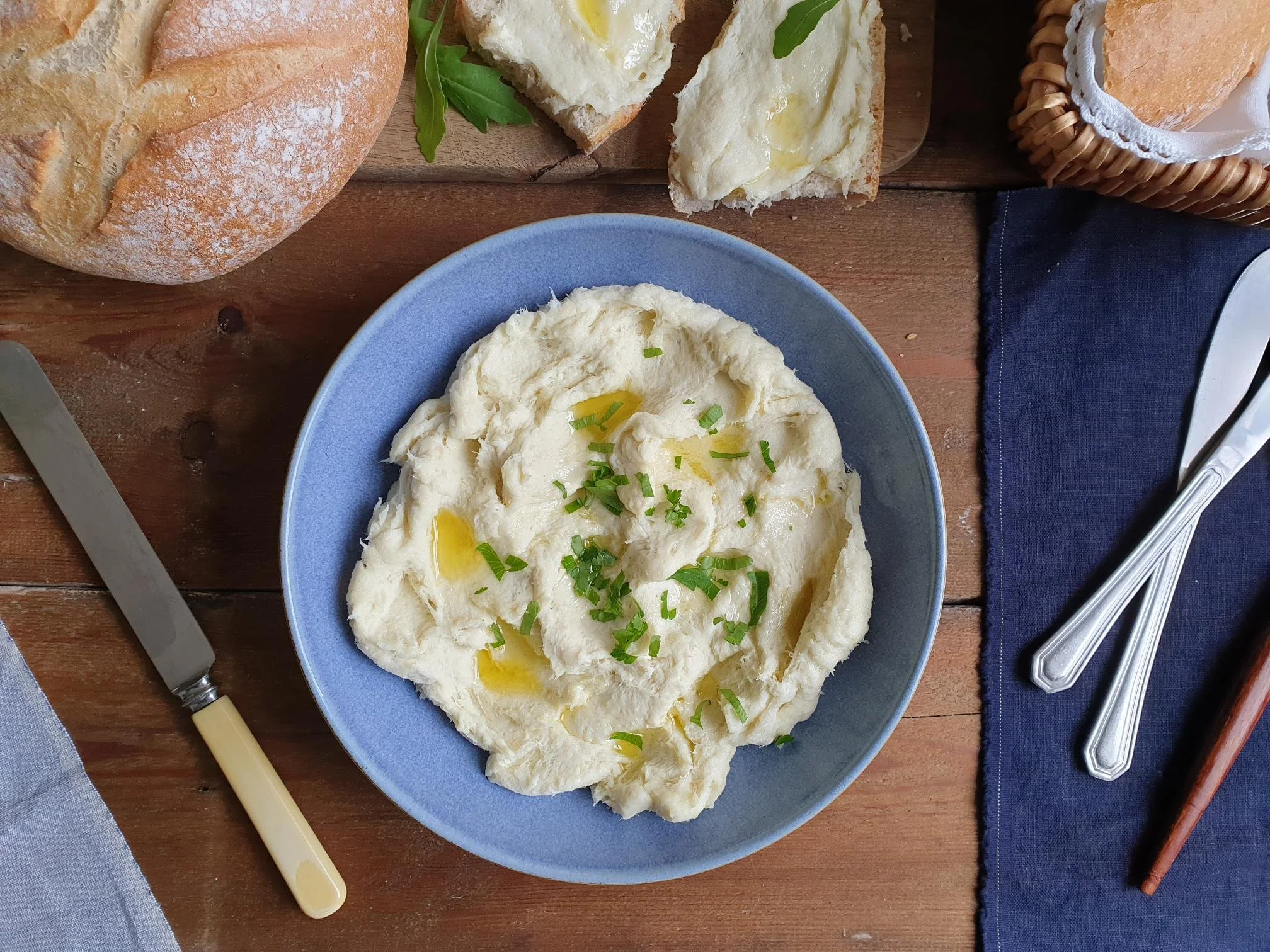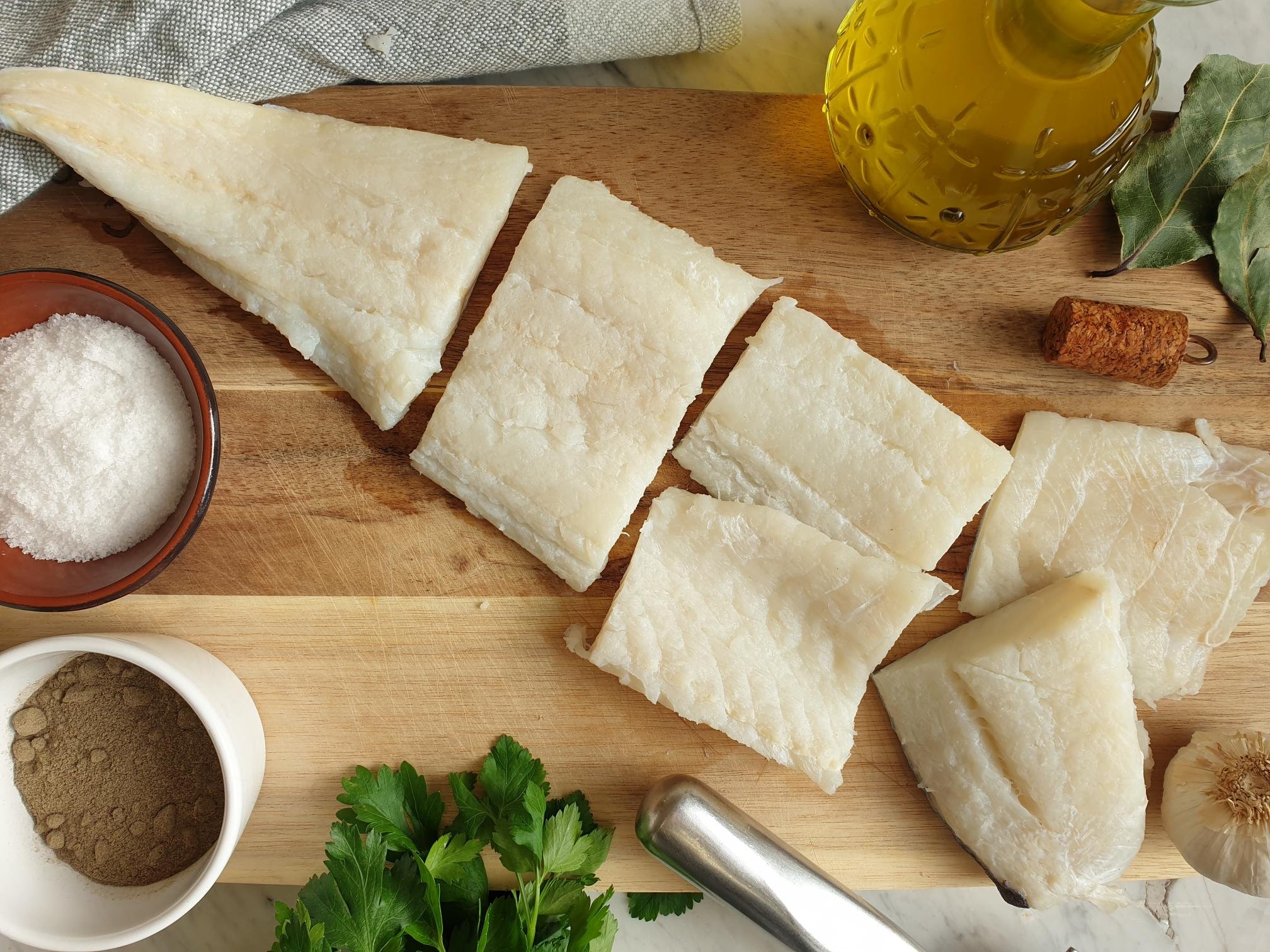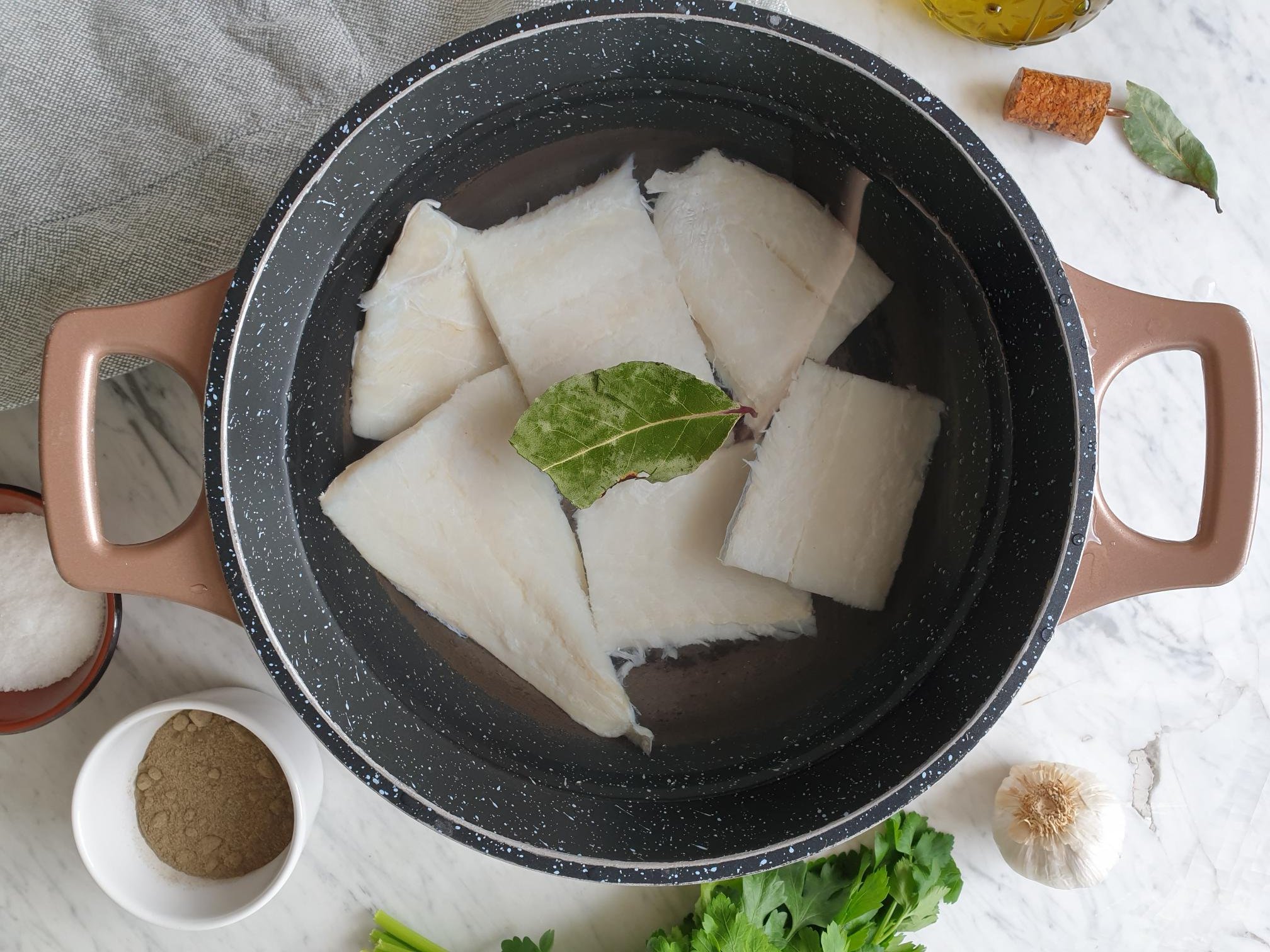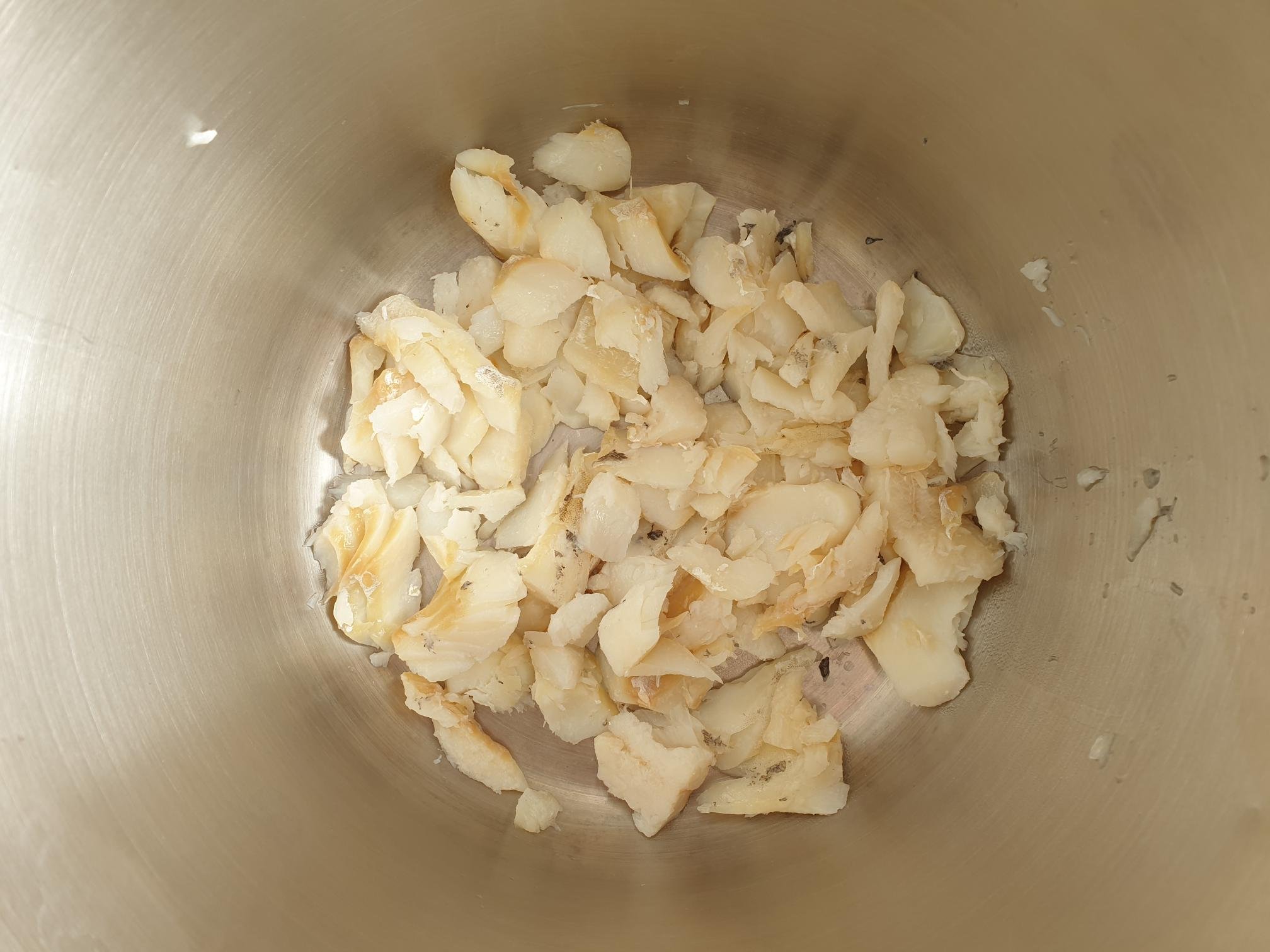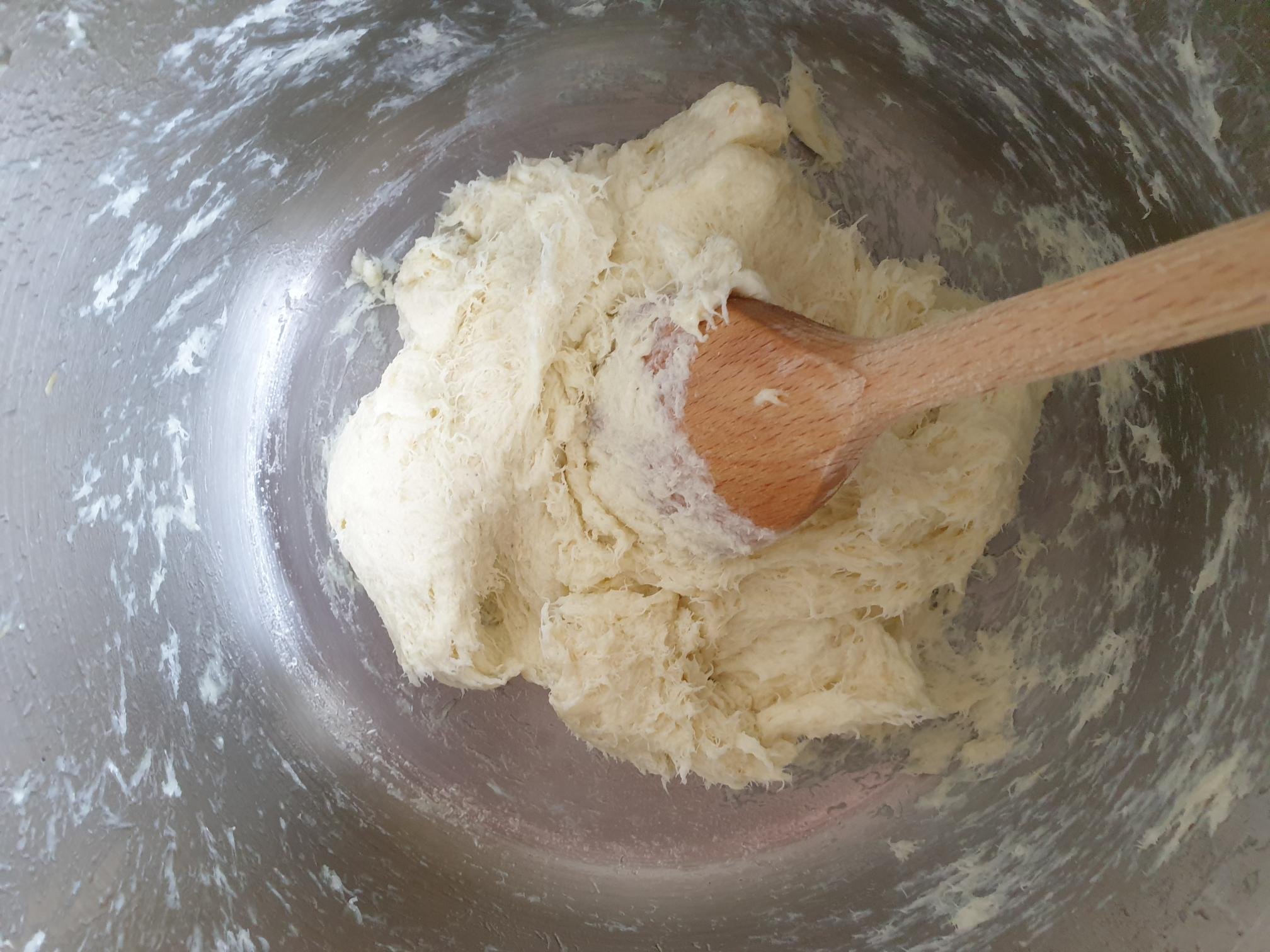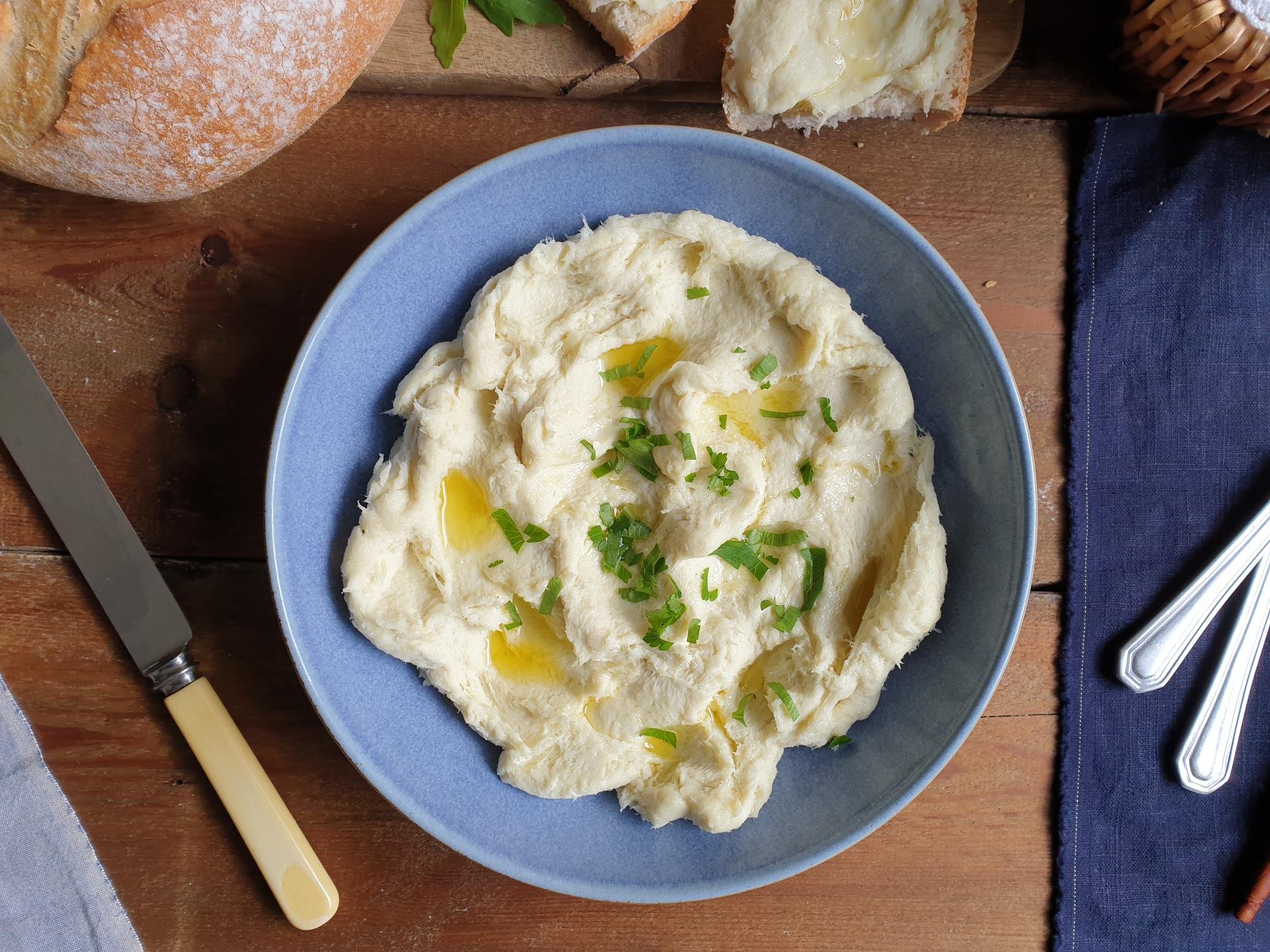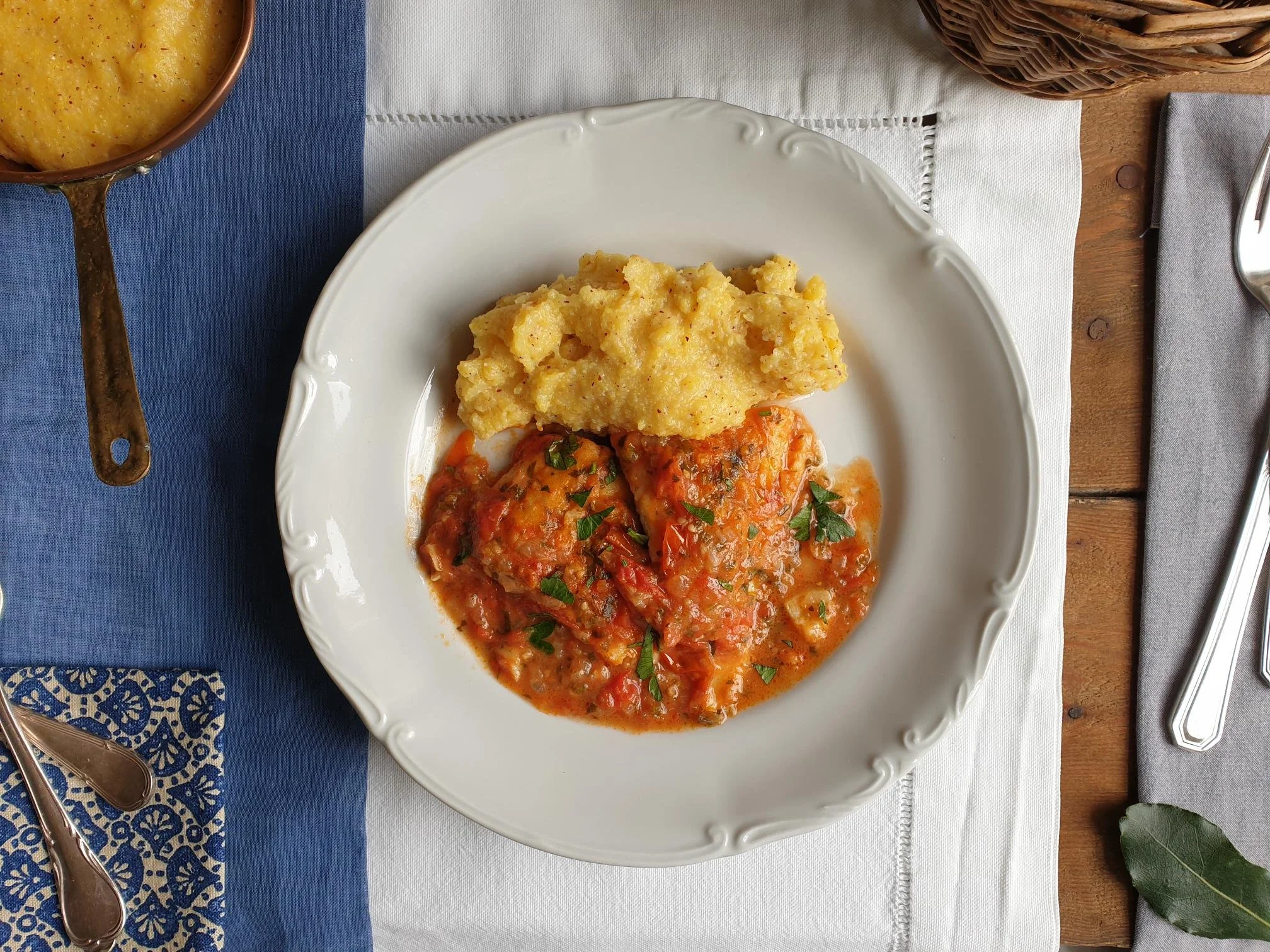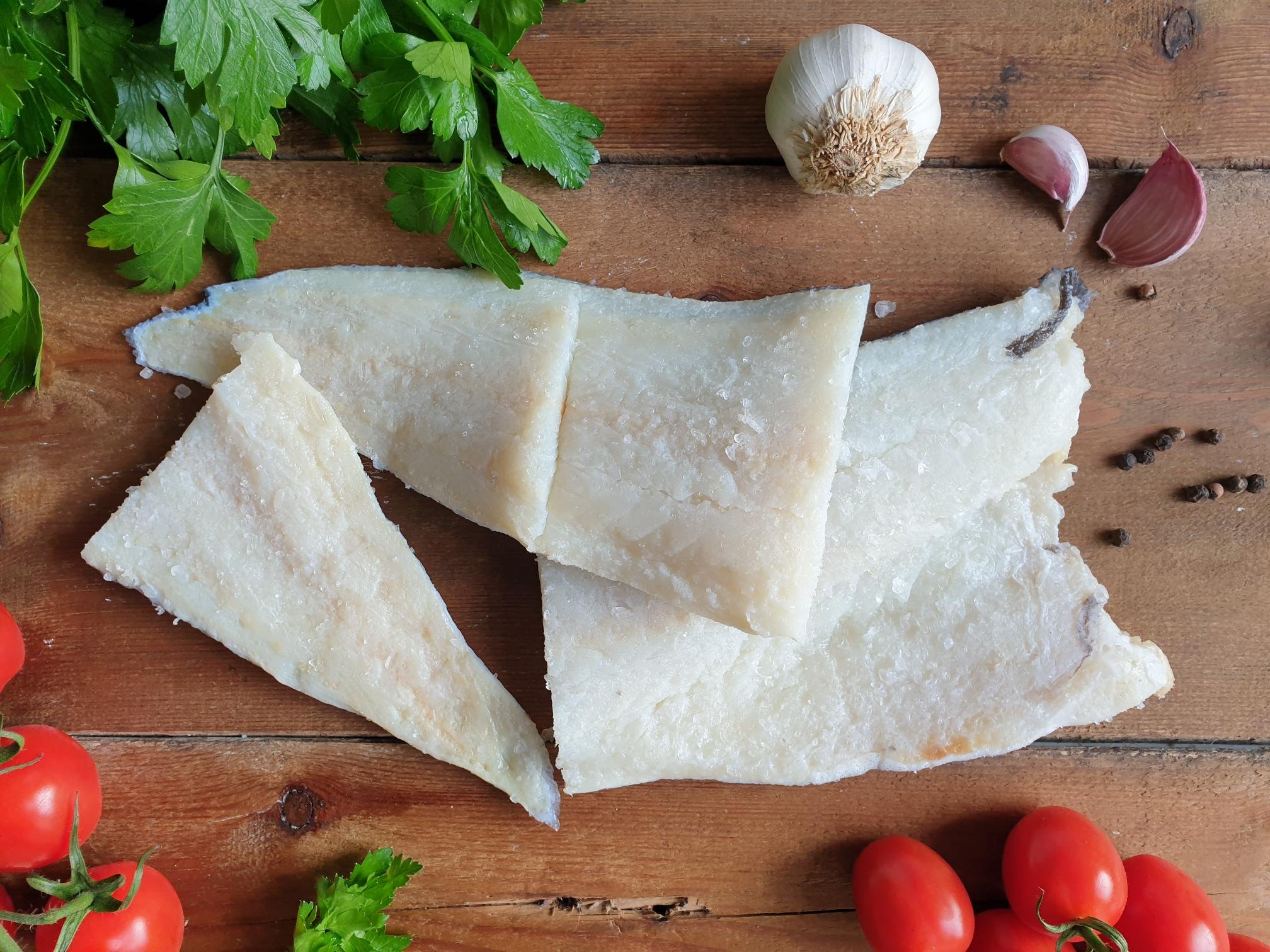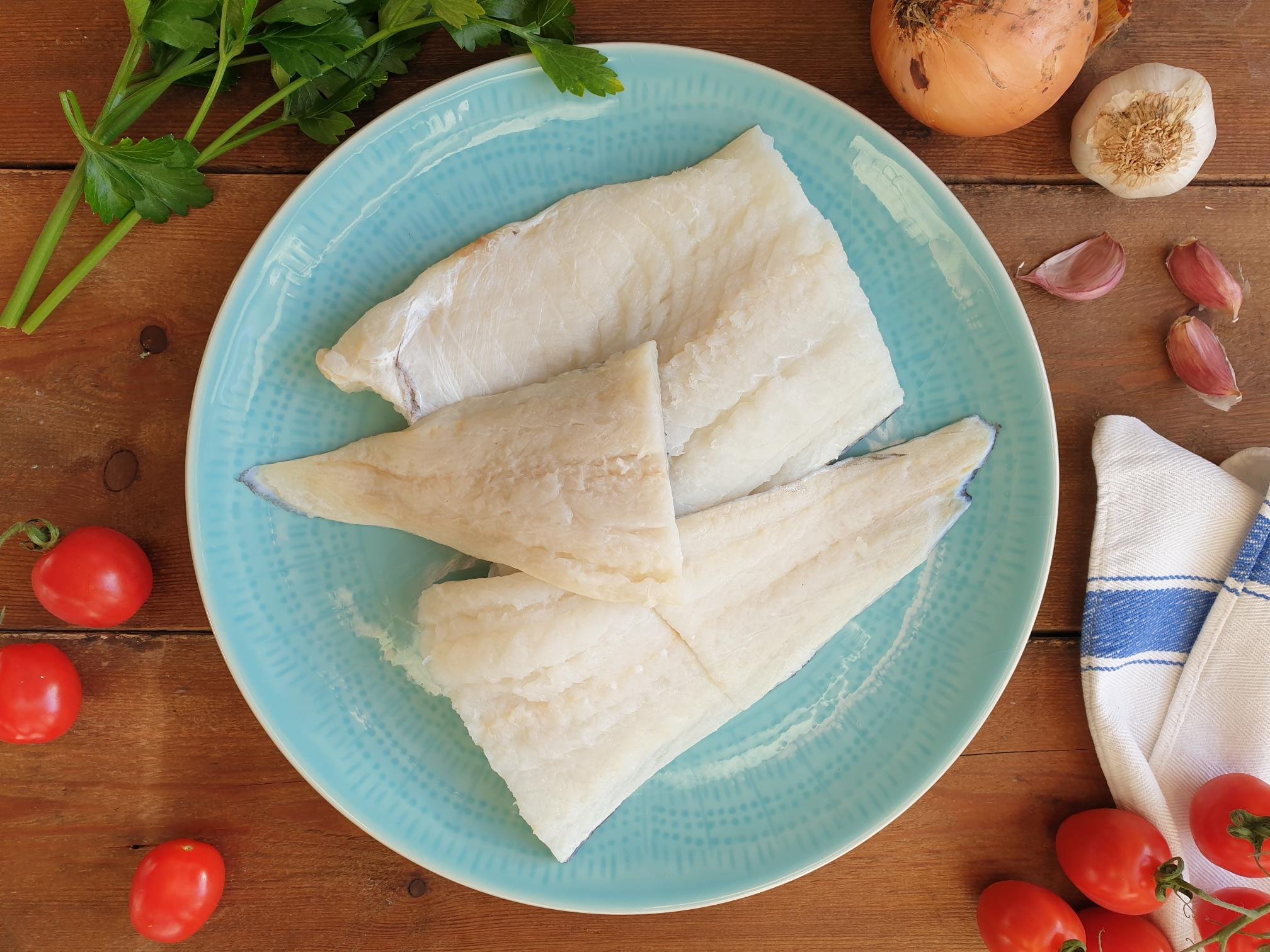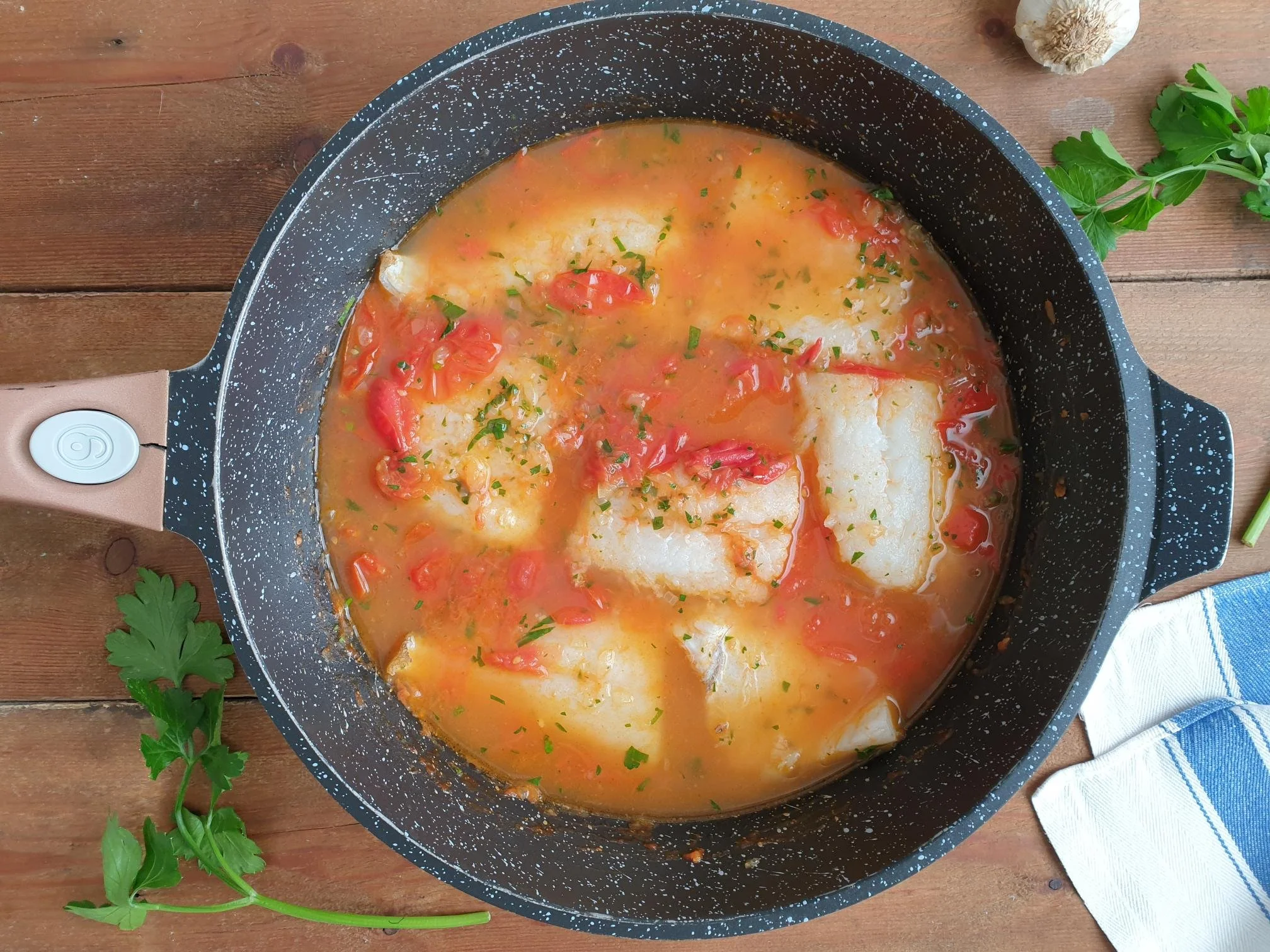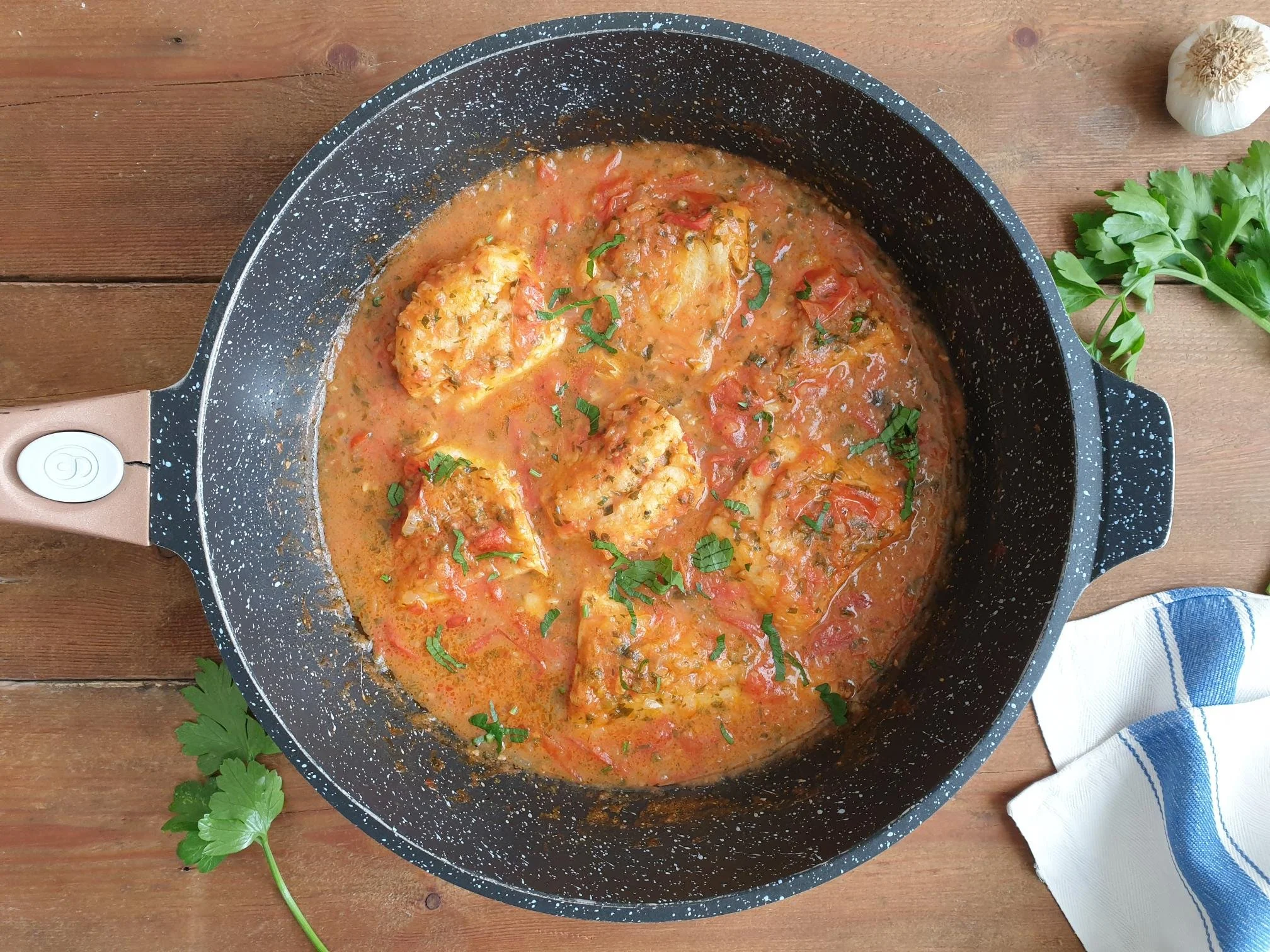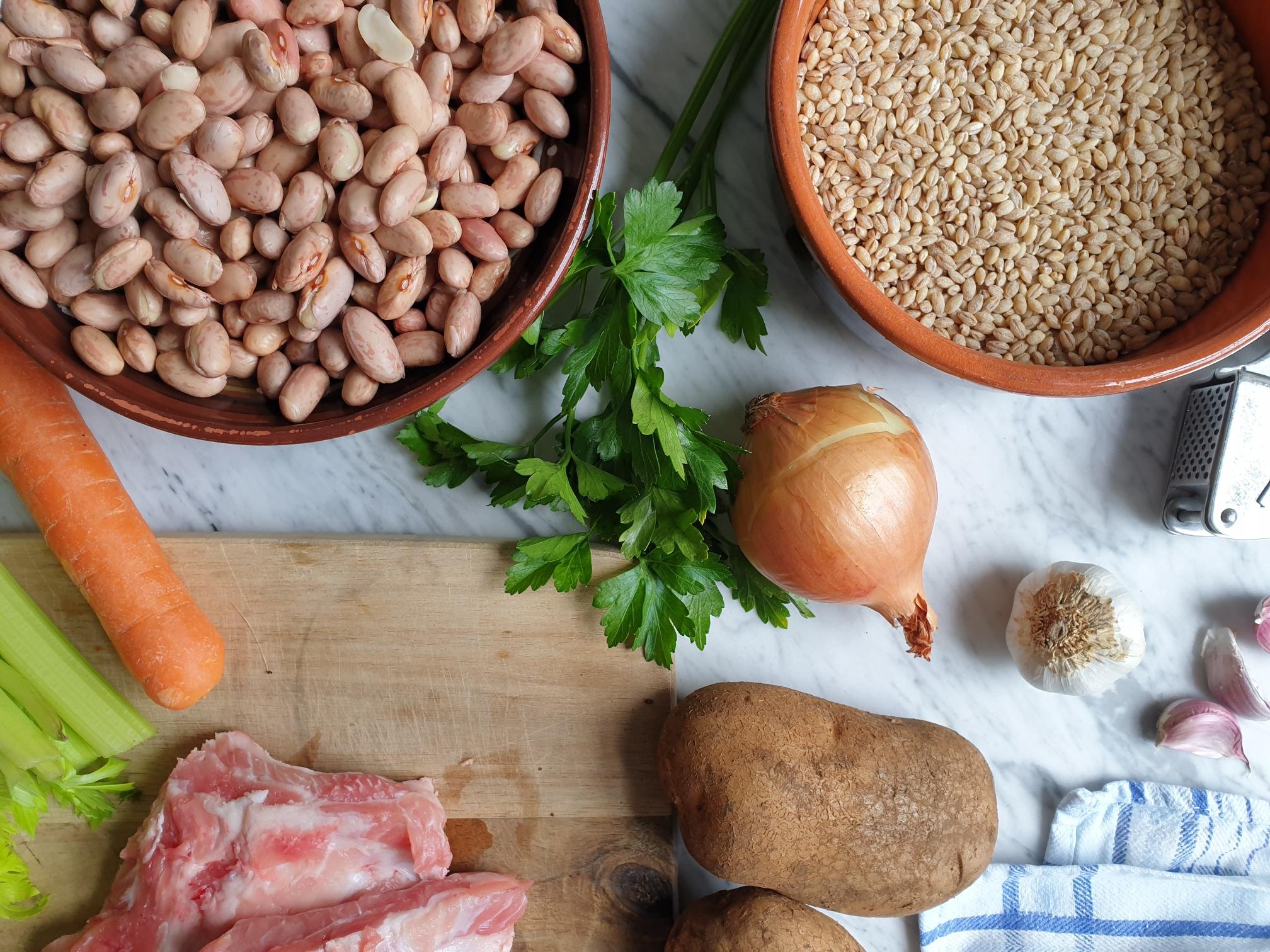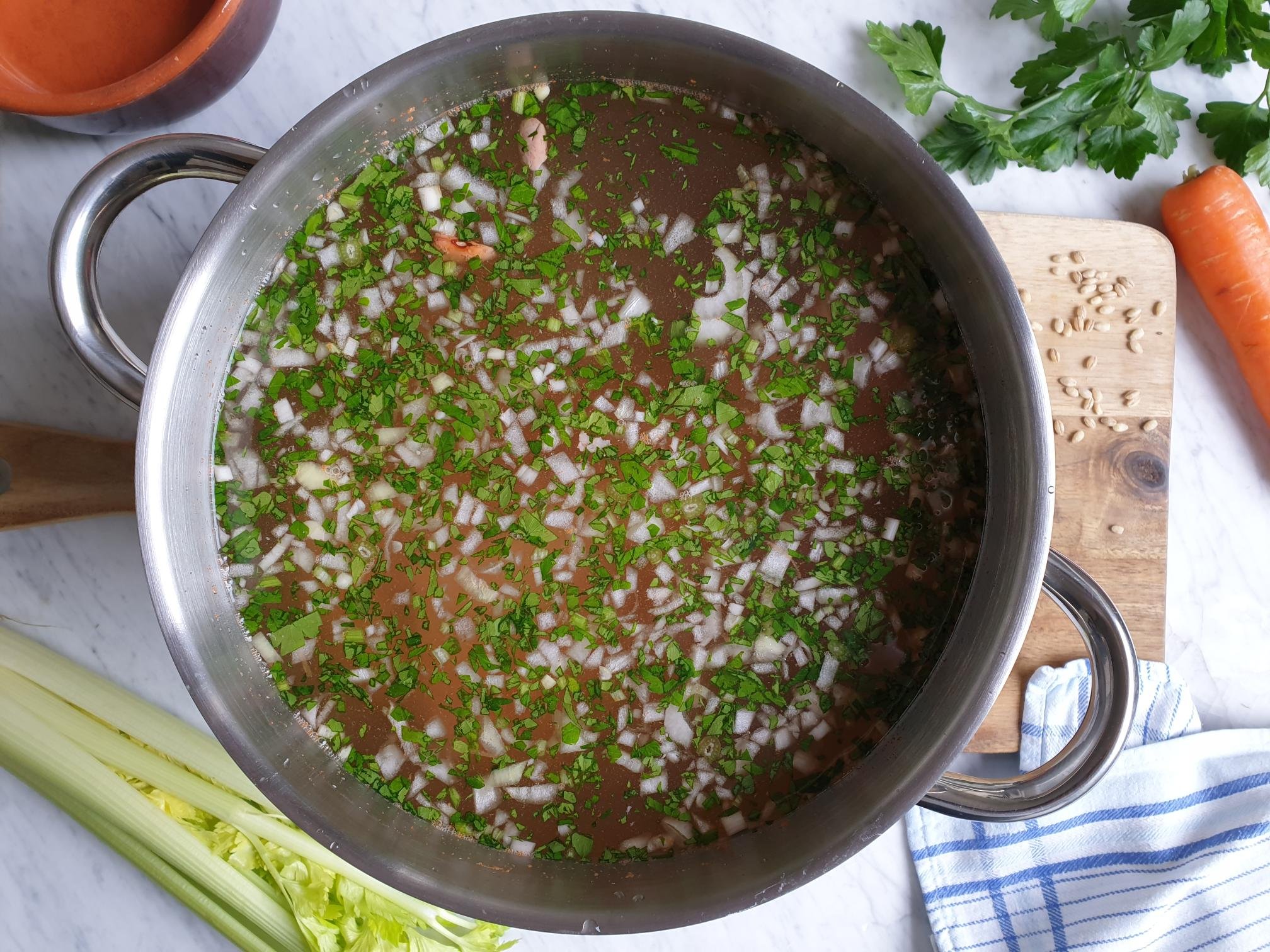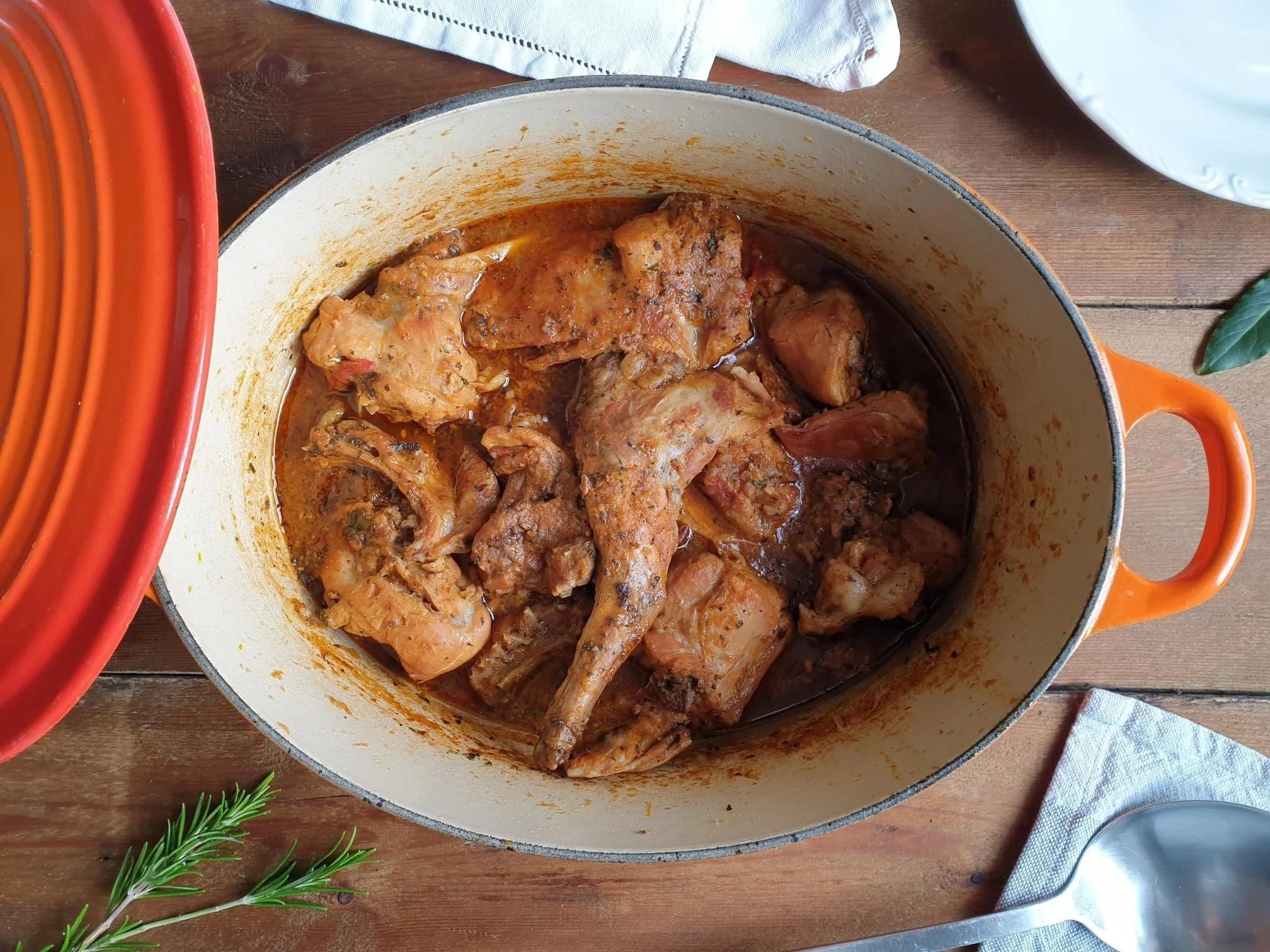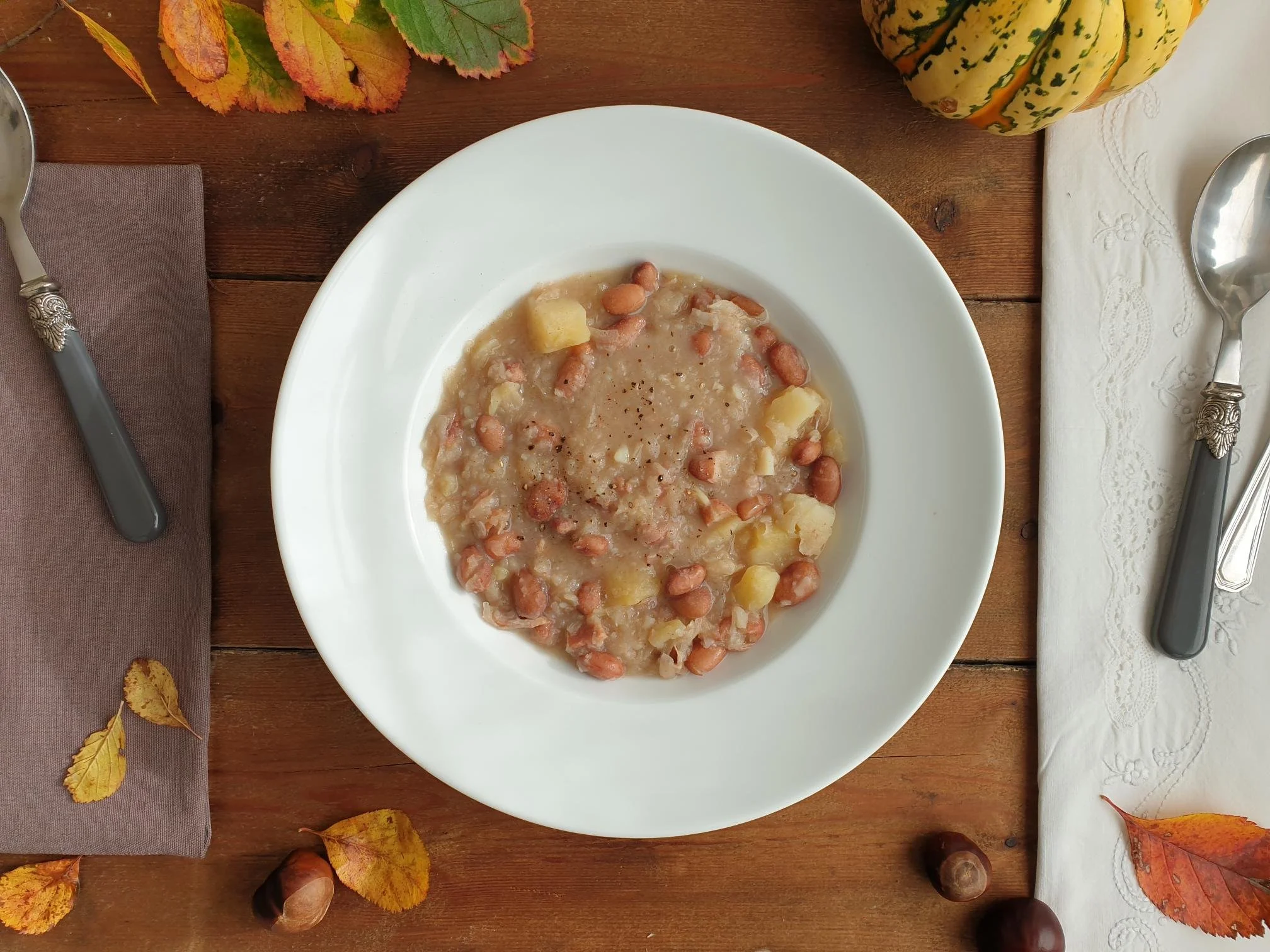Potica – traditional Slovenian festive nut roll Recipe
Potica – traditional Slovenian festive nut roll Recipe
Potica is a light brioche like roll filled with rich and very tasty walnut filling, it is the most famous Slovenian dessert and the queen of festive sweet treats.
This cake is traditionally prepared and eaten around Christmas and Easter or other special and festive occasions like the weddings, Christening, family celebrations like birthdays and the birth of a new baby, but these days potica is available to buy in bakeries and supermarkets all year round.
Most loved and well-known is walnut potica, with or without raisins, but other regional sweet and savoury varieties are also very popular, where fillings are most commonly made with poppy seeds, pork crackling, cottage cheese and tarragon. They are all super delicious and recipes for potica are proudly passed from generation to generation.
The name "potica" derives from a Slovenian word “poviti” which means to roll up or to wrap and goes back as far as 16th century when it was baked in Slovenian monasteries.
In Slovenia, potica is traditionally baked in “potičnik” which is a round bundt-style baking dish made from ceramic, but it is also very commonly baked in a simple bundt cake tin, loaf tin or cake pan.
Potica, this Slovenian national treasure, has been registered as a Traditional speciality guaranteed (TSG) in the European Union since April 2001.
A slice of potica can be a great choice for breakfast, is ideal as an afternoon treat with coffee or tea, or like me, you will find any excuse, or none at all, to eat it.
I am sharing here the recipe of my nona's grandmother that made the filling for potica using a mixture of walnuts and almonds, the latter being widely available in Istria.
The mild Mediterranean climate makes almond trees a very common sight. My nona told me that the filling for potica was made with a mixture of those nuts that were most readily available, and sometimes raisins and a little bit of grated apple were also added to the nut mixture, and very rarely, a piece of a chocolate bar (not the whole bar), might be grated into the mixture, which then made the potica particularly luxurious. She reminded me that in the olden days, when she was small, (in the 30s and 40s) seasonal and home grown produce were used to create a wonderful array of dishes, shopping lists, as we know them today, just simply did not exist...
Ingredients for the dough
500g all purpose flour or 00 type flour
20g of fresh yeast or 7g fast-action dried yeast (also called instant yeast)
100g unsalted butter, melted
80g caster sugar
250ml lukewarm full fat or semi skimmed milk
2 eggs, separated (egg yolks slightly beaten, keep the whites for brushing potica just before putting in the oven)
1 Tbsp dark rum
grated lemon zest of 1 unwaxed lemon
pinch of sea salt
Ingredients for the filling
250g walnuts
250g almonds (skin on or peeled)
200ml single cream (can use semi skimmed or full fat milk instead)
100g caster sugar
1Tbsp dark rum
2Tbsp of honey (about 50g)
2 eggs, separated (egg yolks slightly beaten and egg whites whisked to soft peaks)
finely grated lemon zest of 1 unwaxed lemon
icing sugar for dusting
Method
The dough
In a fairly large bowl, sift the flour, make a little well in the centre and add instant yeast, melted butter, caster sugar, lightly beaten egg yolks, grated lemon zest, dark rum and a pinch of sea salt. Mix and combine well all the ingredients.
(If using fresh yeast, slightly brake it down into smaller pieces with your fingers and place it into a small bowl. Add few tablespoons of tepid milk, ¼ Tsp of sugar, gently stir and leave for about 15-20 minutes or until gentle bubbles form on the surface).
Transfer the mixture onto a well floured working surface and start kneading, for about ten minutes, adding a little flour at a time if the mixture is too wet and sticky.
Alternatively, use a mixer fitted with a dough hook and leave running for about 5 minutes.
The dough is ready when it ends up being really smooth and elastic. It should not stick to your hands or working surface and should leave the bowl clean if using a mixer.
Transfer the dough back into a very lightly oiled bowl and cover with cling film or clean kitchen towel.
Put the bowl in a warm room free of drafts for at least one hour and leave the dough to rest and rise, the dough should double in size.
While the dough is resting and rising start preparing the filling.
The filling
Place walnuts and almonds in a food processor and mix to a coarse consistency.
Transfer ground walnuts and almonds into a bowl, pour over lukewarm single cream and mix well.
Add caster sugar, dark rum, honey, 2 lightly beaten egg yolks and 2 egg whites (previously whisked to soft peaks and not too stiff) and grated lemon zest. Mix all the ingredient until very well combined and set aside.
Flour well your working surface and rolling pin. Put your dough onto a working surface and roll it out to a more or less rectangular shape (40cmx50cm) to the thickness of about not more than 1cm.
Take the walnut-almond mixture and spread it evenly on the rolled dough but leave some space around the edge so the filling does not come out when rolling the dough.
Gently roll the filled dough quite tightly into a log.
Cut off or tuck well in the edges.
Prepare the bundt pan (for the quantities in this recipe I use a 24cm round bundt cake tin).
Grease it very well with butter, make sure you reach all the nooks and crannies and coat it well with the flour. Shake the excessive flour out of the bundt tin.
If you do not have a bundt pan you can use:
loaf tins (cut the roll into two or three parts, depending on the size of the loaf tins you are using)
greased spring form cake tin (24cm for the quantity in this recipe)
or simply use a baking tray previously greased with butter (in this case model the log into a U shape)
Very gently place your rolled dough (seam side down) into a bundt pan, cake tin or baking tray. Cover with a clean kitchen towel, place it in a warm, draft free room and leave to prove for the second time for 30min to 1h or until well risen (not necessarily doubling in size, just filling out nicely the tin).
Take a toothpick and make little holes in the dough on the whole surface and brush with egg whites.
Bake in the preheated oven at 180C static for about 50-60 minutes. Halfway through baking, tent the potica with the aluminium foil to prevent it browning too much and starting to burn.
Leave until completely cold in a tin.
To remove the potica more easily, take a little plastic knife and run it around the edges to loosen the cake.
Transfer on a serving plate, dust with icing sugar and serve.
Just a thought
Potica tastes at its best the day after has been baked.
You can store it in an airtight container for up to five days and is suitable for freezing.


